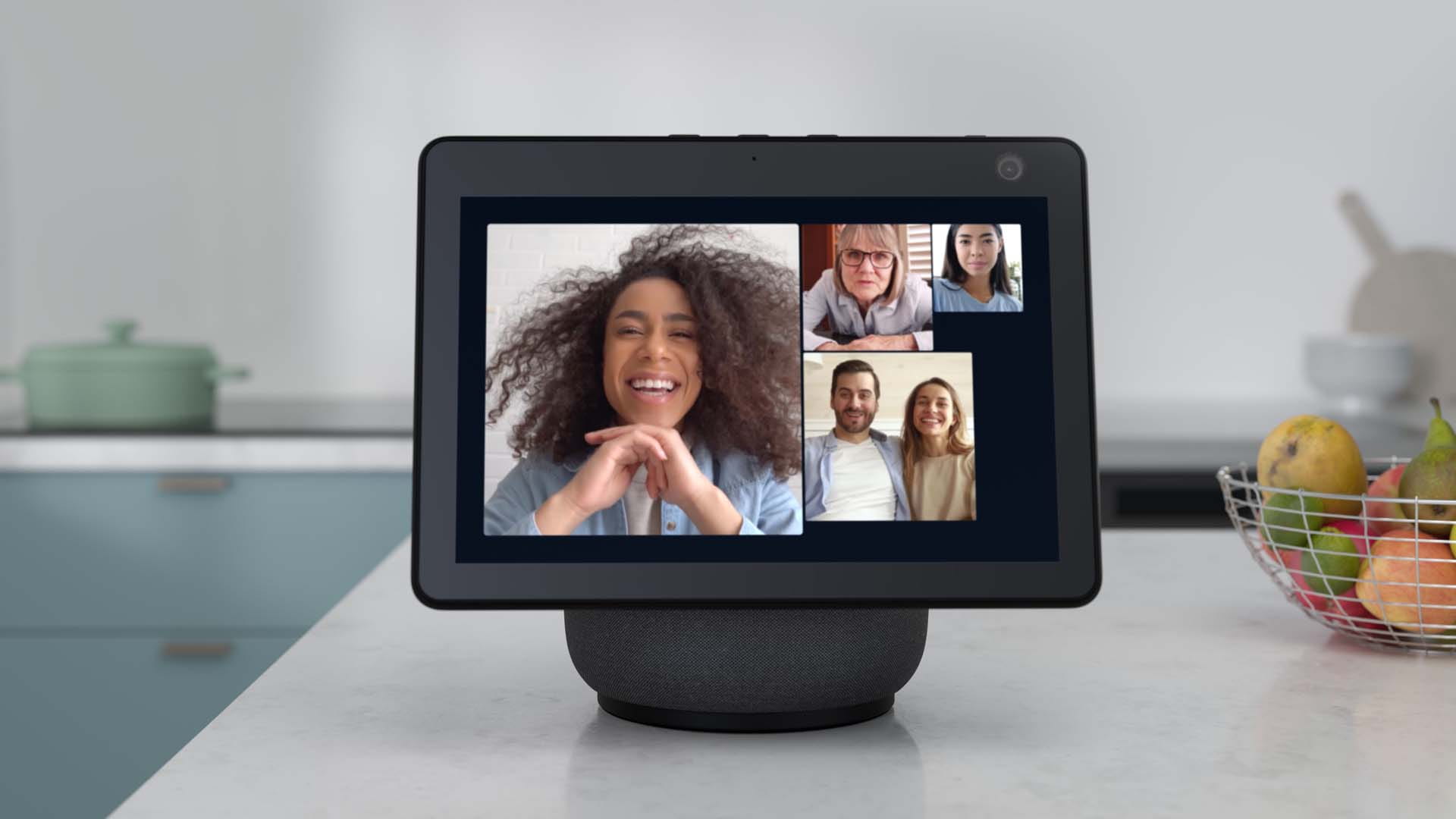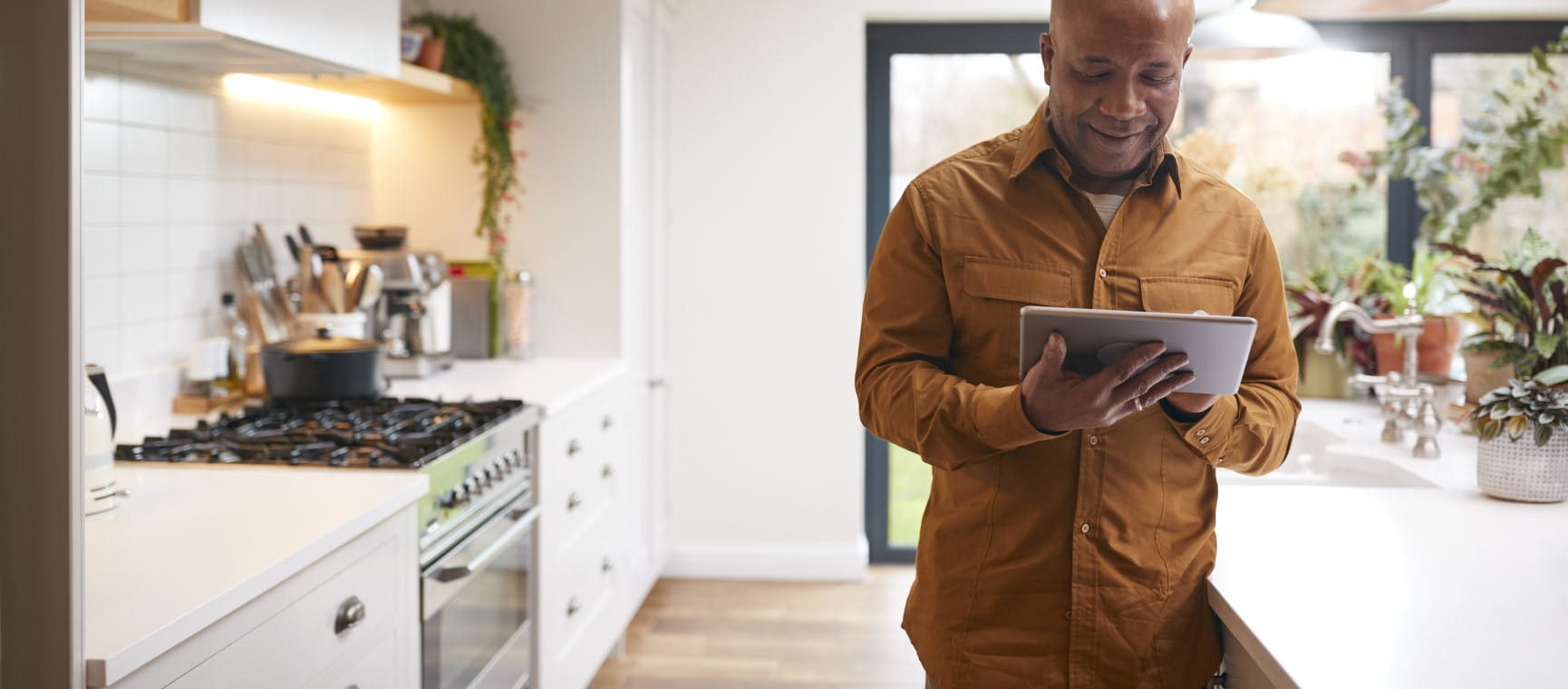
Only a few times during 30-plus years keeping tabs on technology have I been surprised by how a particular genre of gadgetry has appealed chiefly to a specific age group. One such is the way older people swiftly embraced eBook readers like the Kindle – and later took to tablets, especially Apple’s iPad.
The surprise for me was that tablets are tricky to handle if your hands are not nimble. For writing more than a short email, they are not ideal compared to a laptop or desktop. But for websites and streaming video, seeing photographs to their best advantage, video calling and shopping online, tablets are superb.
You can get a serviceable small tablet for under £60, or pay up to £2,599 for a top-of-the-range iPad – a more than 40-times differential.
However breathtaking the new iPad Pro is, though – at 5.1mm thick, it’s thinner than stout cardboard yet faster and more powerful than the top MacBook laptop – I would advise against it.
Unless you are a professional photographer, designer, or film maker, it’s like buying a Ferrari to go to Sainsbury’s.
The iPad range is complicated. There are three levels – the iPad Pro at the top; the iPad Air in the middle – thin, but not as thin as the Pro – and the most basic version, the iPad. The cheapest iPad costs £349 and does 90% of what more expensive models do, just a bit slower.
One argument for updating even if you don’t need to is that iPad screens have been improving over the years
However, if you really want the £999-plus Pro, they are magnificent. When iPads are improved, they don’t really get new physical features – just enhanced chips and software. But the most advanced of the latest Pro has the (expensive) hardware option of a non-reflective ‘nano-texture’ screen.

If your five-year-old tablet works fine for your needs, it should have a year or two left. But a 10-year-old iPad will be virtually unusable as Apple probably won’t ‘support’ it – ie, they won't regularly update the software.
One argument for updating even if you don’t strictly need to is that iPad screens have been improving over the years, and a new one will display content more vividly.
Generally, yes. If you go for a high-end Samsung tablet – the Galaxy Tab S9 is currently its best – it will cost around £1,299 for a slightly lower specification. Samsung also includes the pencil, for which Apple charges an extra £100-plus.
My top Android recommendation is from Chinese company, OnePlus, which has also excelled in budget-but-quality Android phones. Its attractive OnePlus Pad (pictured above) has impressed reviewers and costs £449, but is often on offer for under £400.
If you want a real bargain, however, I would recommend ignoring the bargain bucket models under £100 and going for Amazon’s £149.99 Fire HD10. It’s not huge at 10 inches, but a solid choice that won’t disappoint and no-questions-asked returns if you’re unimpressed.
Jonathan Margolis is a London and New York-based technology journalist. He has a global following for his column Landing Gear in the online publication Air Mail, appears regularly on the BBC and other networks and has won several journalism awards.
View author page
Every issue of Saga Magazine is packed with inspirational real-life stories, exclusive celebrity interviews, brain-teasing puzzles and travel inspiration. Plus, expert advice on everything from health and finance to home improvements, to help you enjoy life to the full.
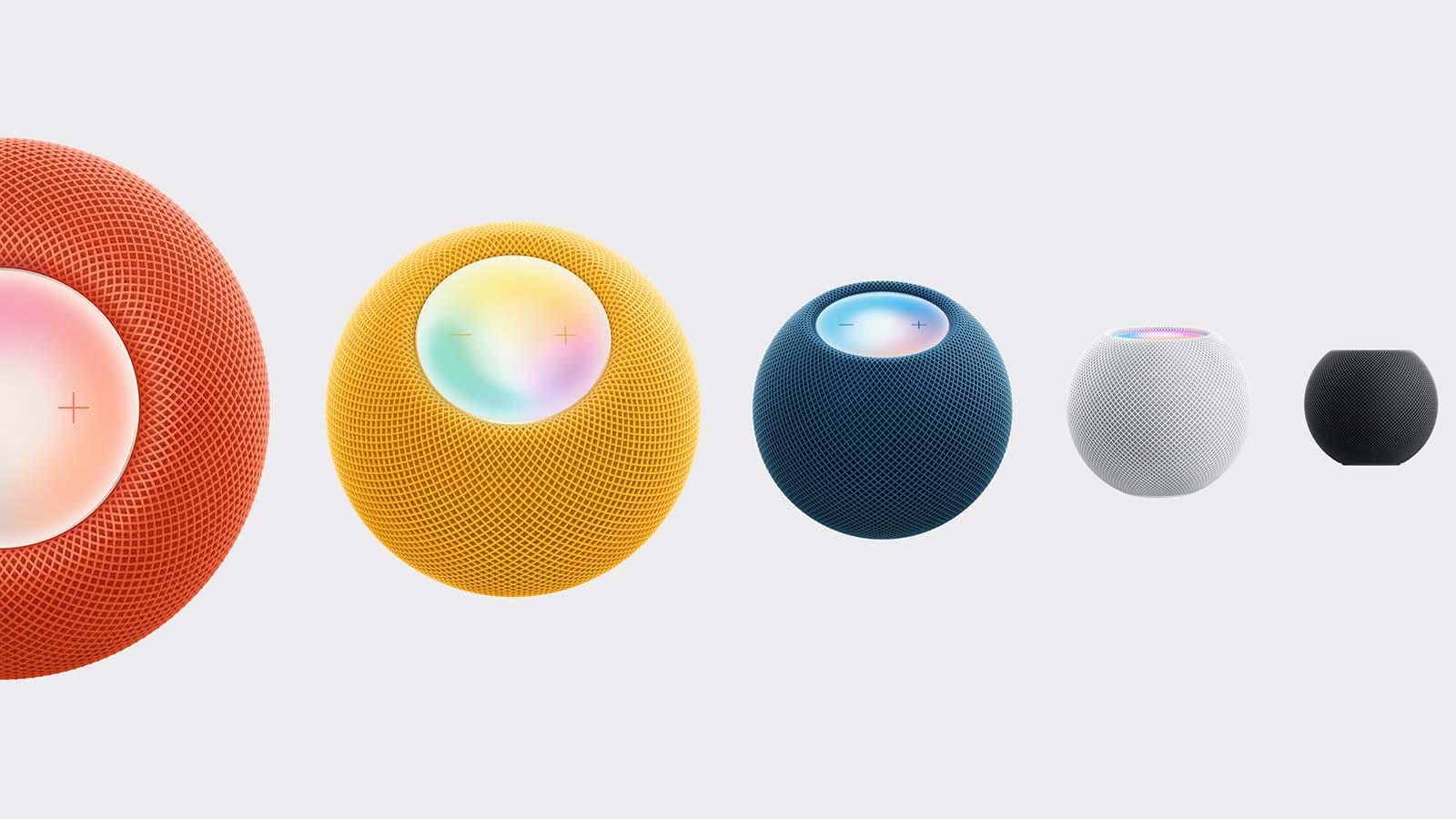
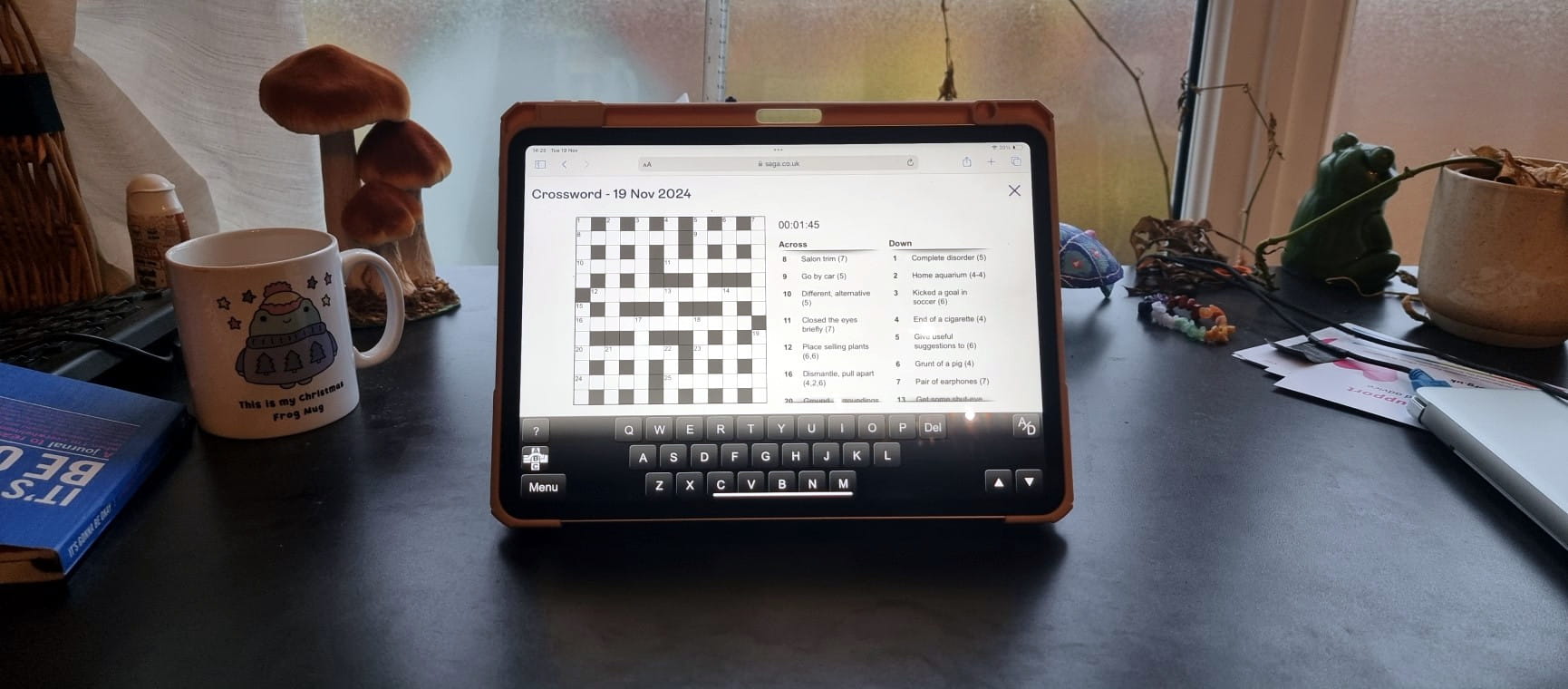
The ultimate guide to Saga Puzzles, full of technical tips, tricks and hints.
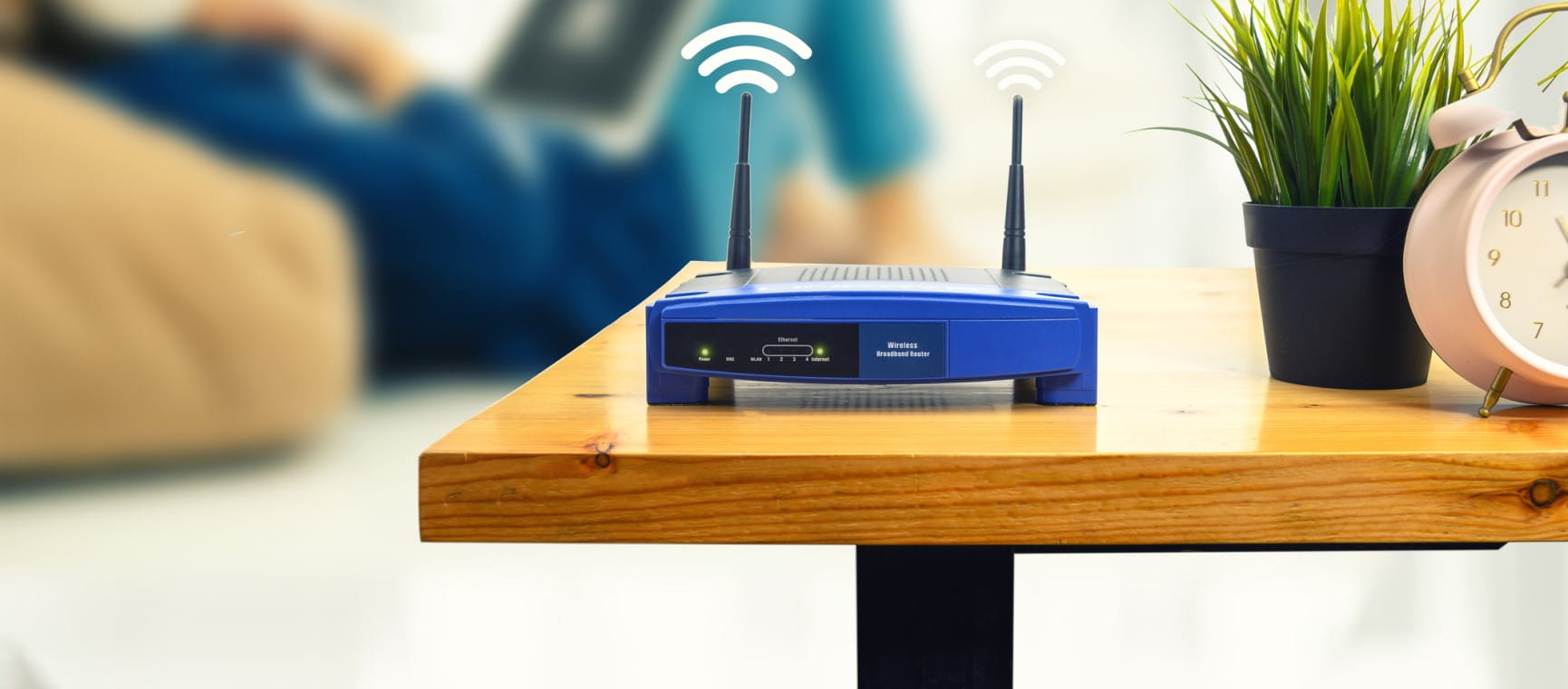
Follow our step-by-step guide to find out your internet speed - and whether it’s your device or broadband that’s slowing you down.

These video doorbells show you who's at your door, even when you aren't home.
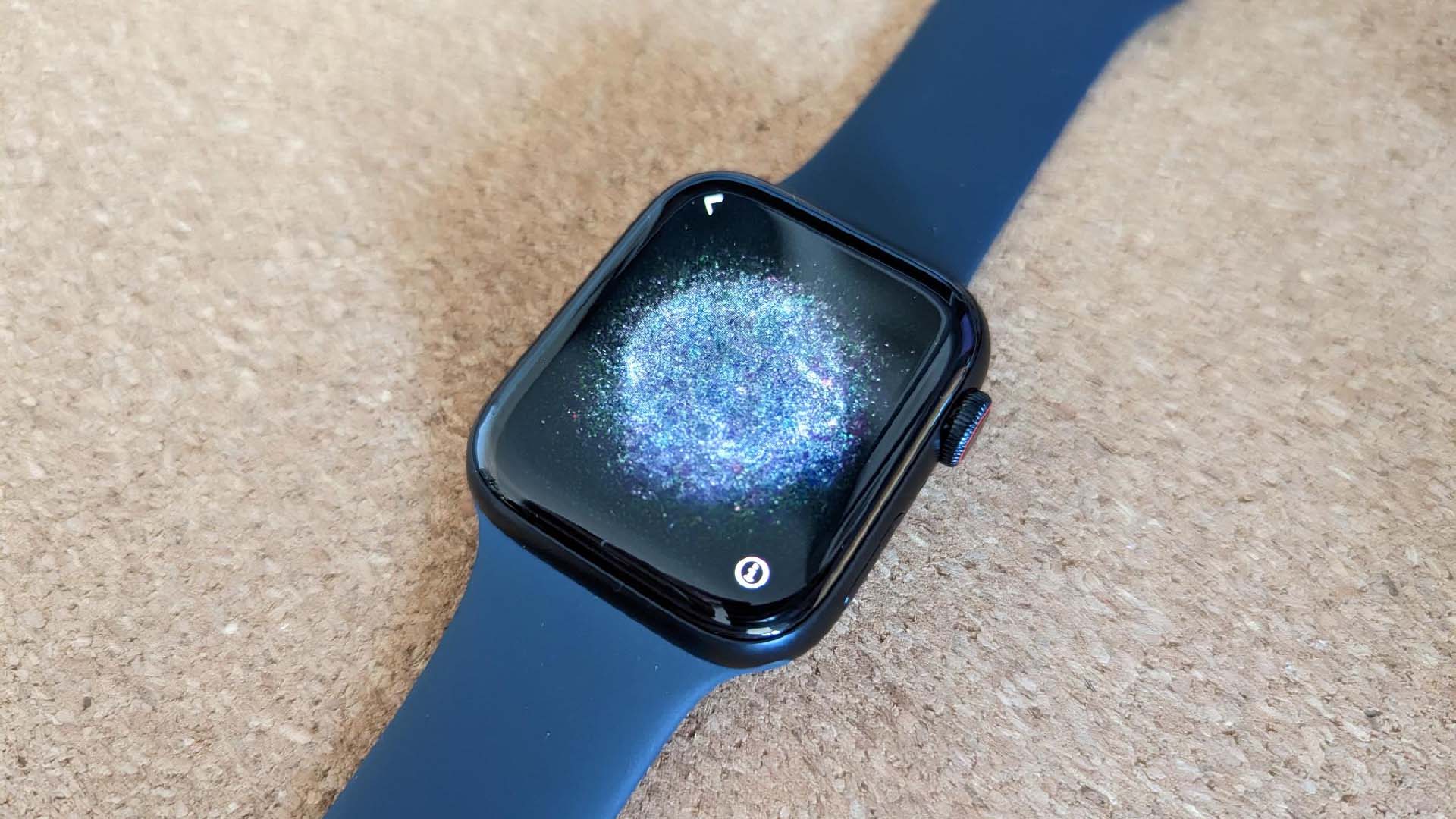
We explain everything you need to know to connect an iPhone to an Apple Watch.
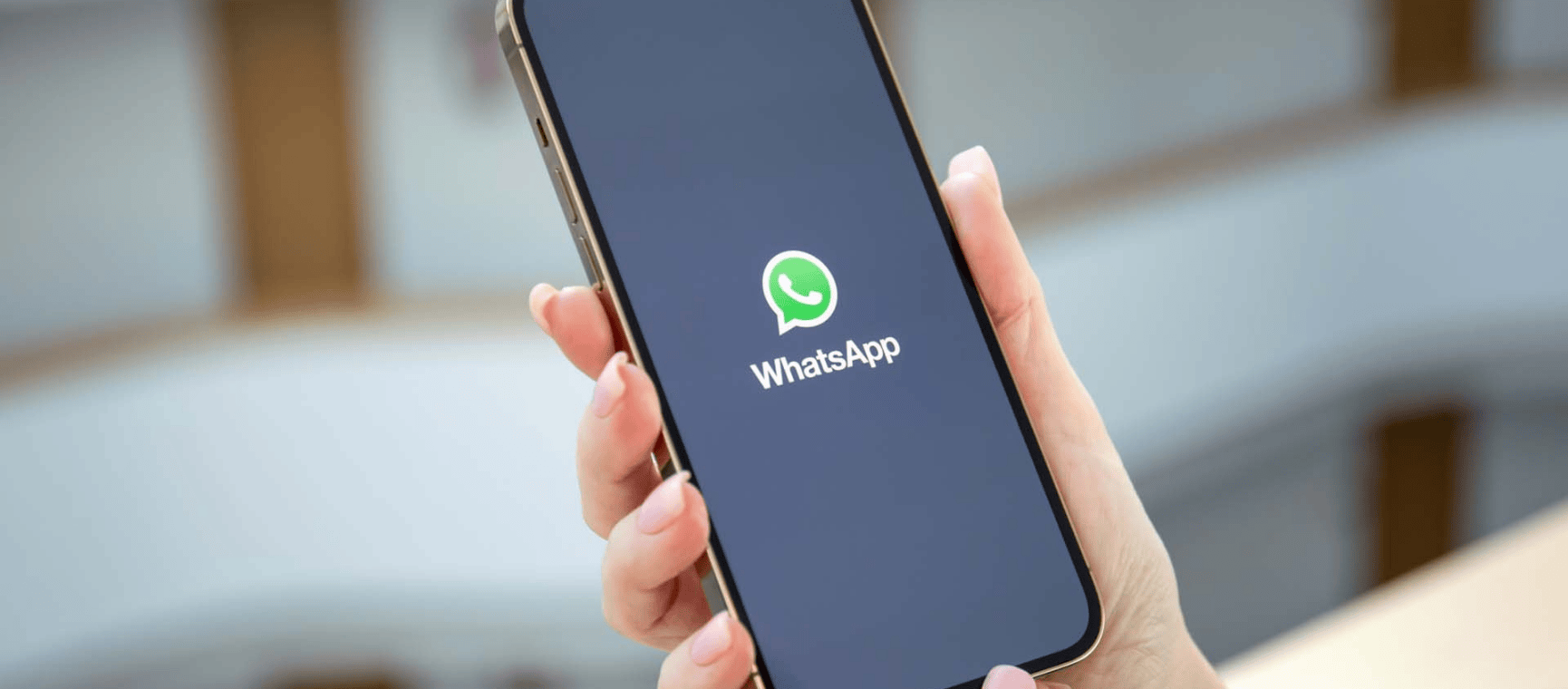
Think you know how to use WhatsApp? We've got some handy tips to help you get the most out of the messaging app.

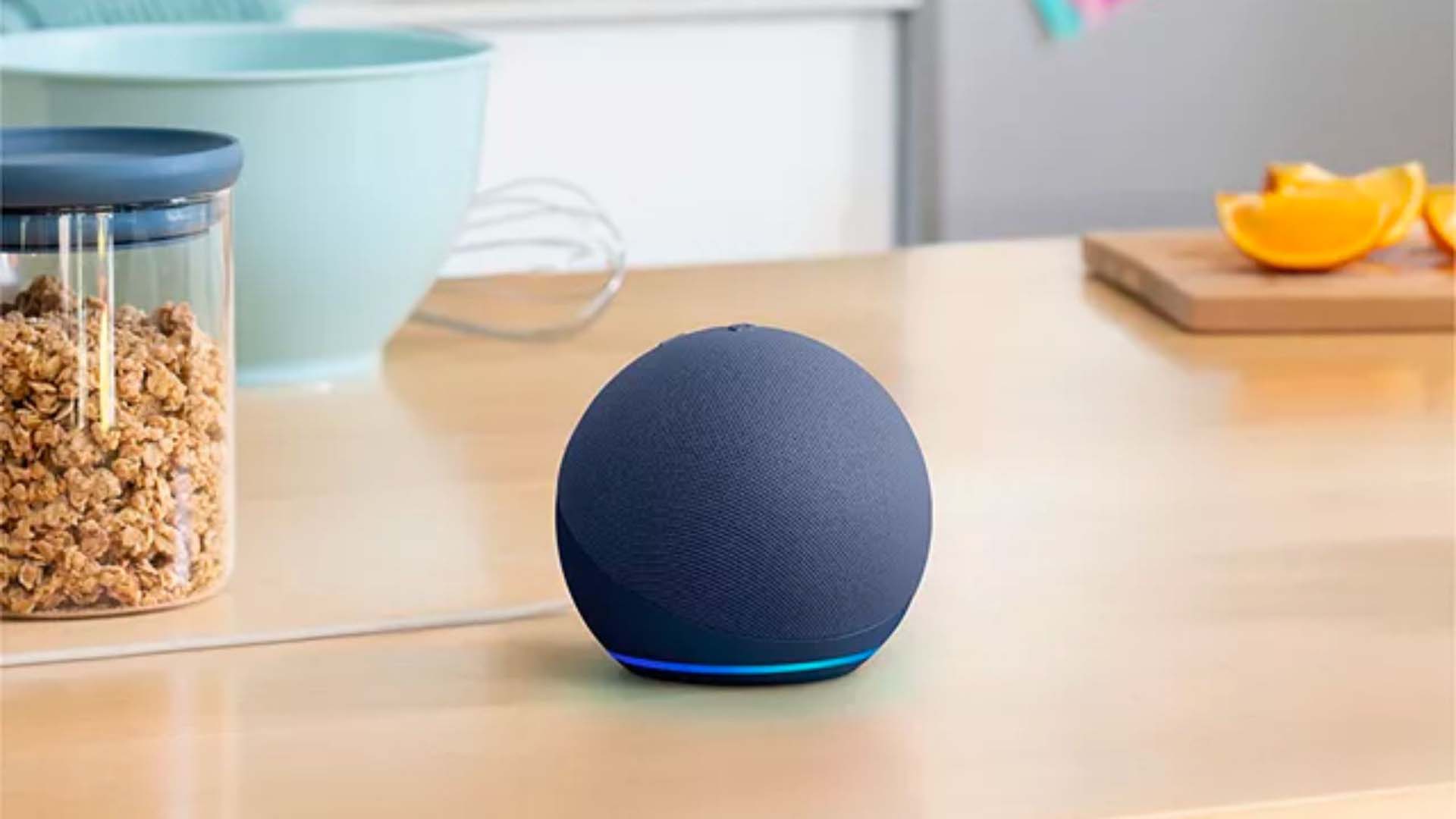
How to change the Alexa command word with this easy-to-follow guide.
